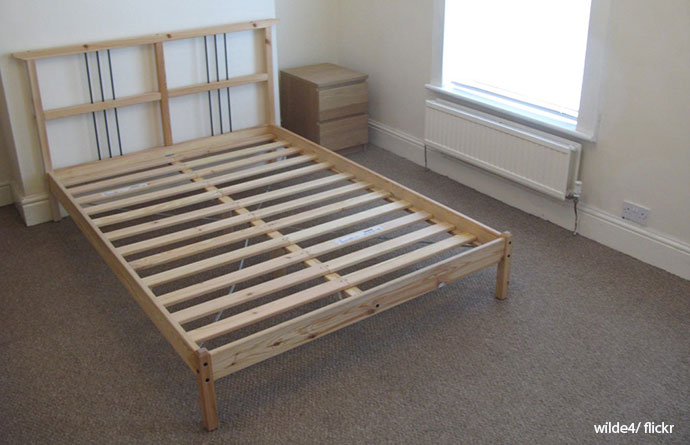
- How to Plan for Packing a Bedroom When Moving Home
- Bedroom Packing Tips
- How to Pack a Wardrobe for Moving
- How to Pack a Chest of Drawers for Moving
- How to Pack a Mattress for Moving
- How to Pack a Bed for Moving
- How to Pack Lamps for Moving
- How to Pack Pictures and Mirrors
- How to Pack Shoes for Moving Home
- How to Pack Clothing for Moving Home
- How to Pack Books for Moving Home
- How to Pack Jewellery for Moving Home
- How to Pack Make-Up for Moving Home
- Should I Hire Packers For My Home Move?
People often ask what room should you pack first when moving home.
Well, once you have tackled the loft and garage or shed, if you have a guest bedroom then it makes sense to do this room next.
Once you have packed up the spare bedroom then you can use this room for storing packed boxes and any furniture you have dismantled.
This week’s blog will show you step-by-step how to organise packing a bedroom, how to pack heavy and large bedroom furniture, and how to pack each item usually found in a bedroom.
How to Plan for Packing a Bedroom When Moving Home
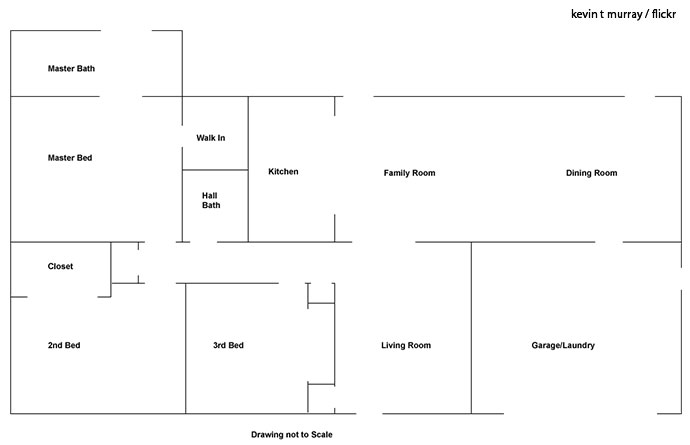
- Make a Floor Plan
- Get rid of your unwanted items
- Gather packing materials
- Pack least used items first
- Pack the remainder of things
- Disassemble furniture
Make a Floor Plan
Before you consider what to pack, and how to pack your bedroom, you need to ensure that any furniture you intend to take will fit into your new home.
There is little point in dismantling, packing, and paying to move furniture that will not fit in the available space in your new home.
The best way to do this is to create a floor plan for each room in your new home. Then measure each item of furniture to ensure they fit in the available space.
Pay special attention to the height of the ceilings as large wardrobes may be too tall.
Note also whether once the bed and bedroom furniture are in place you can still freely move about the bedroom.
You may also like to read: How to Create a Floor Plan. In this guide, we show you how to measure furniture and how to create a simple floor plan for your new home. A floor plan is also invaluable to ensure that you can get your furniture out of your home too.
Declutter Your Bedroom
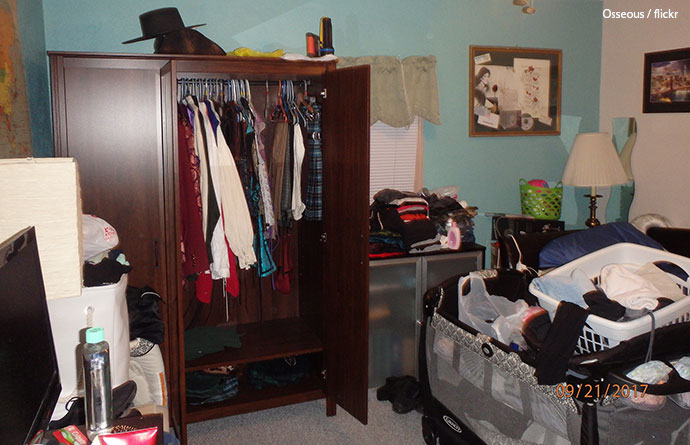
Whether you need to pack a messy bedroom or a bedroom that just has too much stuff in it, decluttering is an essential part of moving home and should be done before you get any quotes from a removal company.
The idea is to save removal costs, the fewer items you need to pack and move, the cheaper your home moving costs will be.
Once you know exactly what you want to move to your new home, then the removal company will be able to give you a far more accurate price quote.
Go through all your possessions being as ruthless as possible.
If an item of clothing no longer fits you, no longer suits your style, or you haven’t worn it in the last twelve months, seasonal clothing aside, then get rid of it.
Toys that the children no longer play with can be sold or donated to a children’s hospital or charity. Toys that are broken or have parts missing can be got rid of.
You will end up with 3 piles of things:
- Things to be sold
- Things to be donated
- Things to be recycled
Holding a car boot sale will help you raise funds for your relocation.
Car boots are great for relatively low-value items, car booters are always looking for cheap bargains, but items of more value can be sold online.
If you prefer you can donate your unwanted things to a local good cause or on a free ad website.
Often charities will collect things for free and you can find a comprehensive list of places to donate items you no longer need in this guide: Where to Donate Things When Moving Home.
For things that are beyond repair or completely worthless, you can take them to a recycling centre.
You may also like to read: The Ultimate Guide to Decluttering for a Home Move. In this guide, we not only share tips for decluttering every room in your home but also how to emotionally detach yourself from your possessions which is often the hardest part of the decluttering process.
What Packing Materials Do You Need to Pack a Bedroom for Moving?
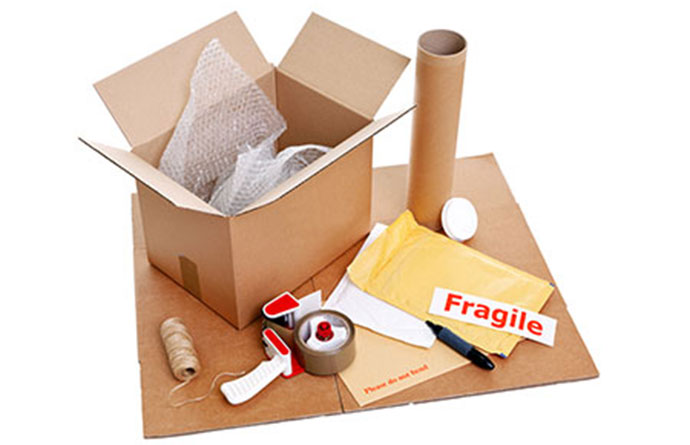
The next stage of planning your bedroom move is to gather all the materials you will need for packing your possessions.
You will need a basic packing kit:
- Packing boxes
- Good quality packing tape
- Tape gun
- Thick, large dustbin liners
- Bubble Wrap
- Protective padding
- Marker pens
What to Pack First in a Bedroom When Moving
Having got rid of all the items you no longer need you can start to pack all the least used items.
If you are packing a spare room then all the contents can be packed at once, but if you are packing a bedroom that is in constant use you will want to pack leaving only the essential items to be packed on moving day.
Pack these items well in advance of moving day:
All the decorative, seasonal, and seldom-used items can be packed about a week before moving day.
- Pictures
- Ornaments
- Books
- Toys
- Jewellery
- Seasonal clothing
- Spare bedding
The day before you move you can pack:
The day before you move you can pack the following items, leaving just the essentials for your last night in your old home.
- Furniture
- Bedside lighting
- Clothing, except for the clothes you will need tomorrow
- Favourite toys
Moving day:
- Bed
- Bedding
You may also like to read: How to Prepare Your Open First Box. Also known as your moving day essentials box, this box contains all the things that you will need instant access to on moving day such as medicine, a kettle, and food. In this guide, we suggest things that you may wish to include in your moving day essentials box.

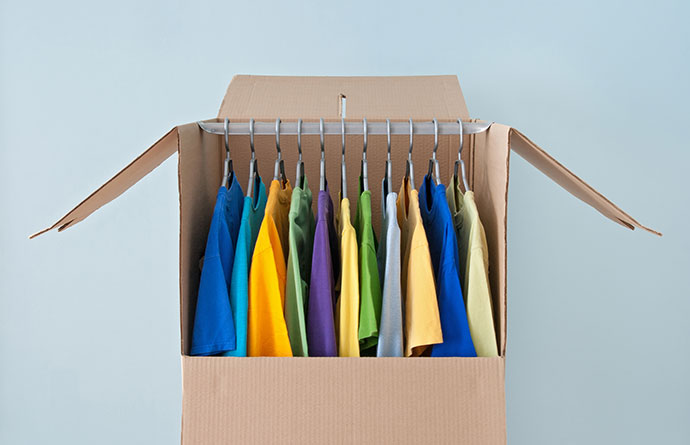
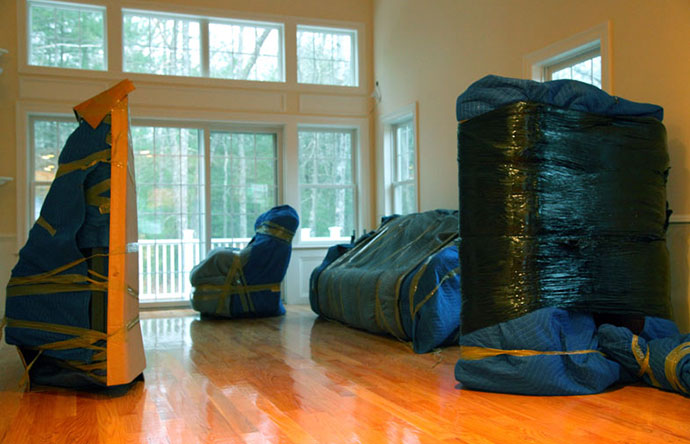
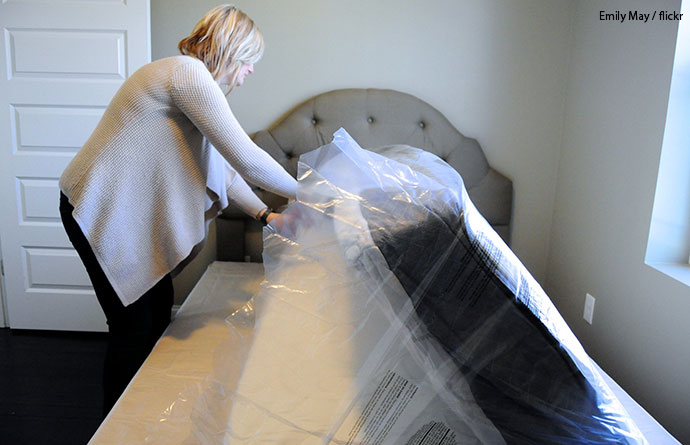
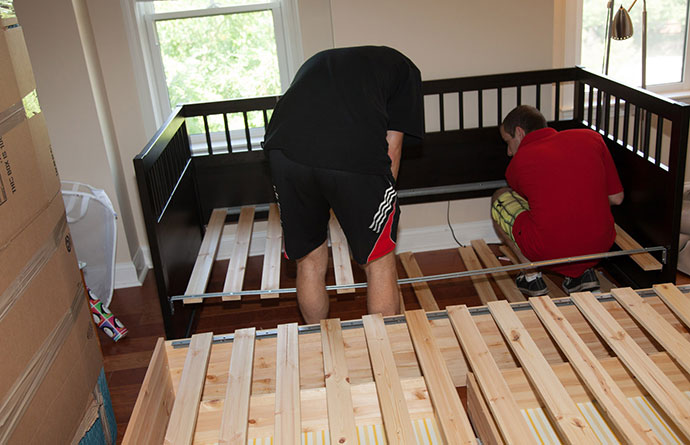
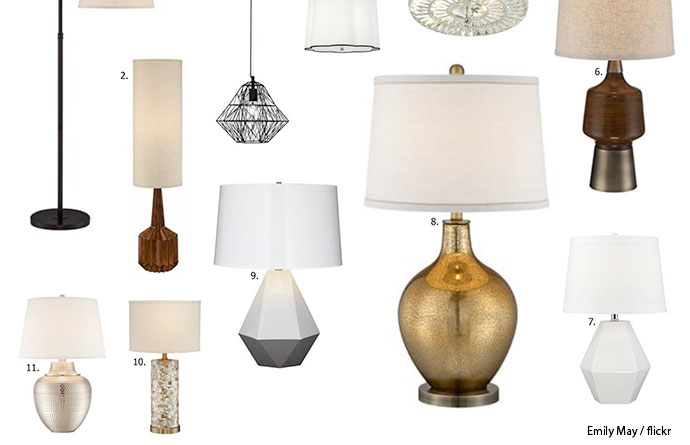
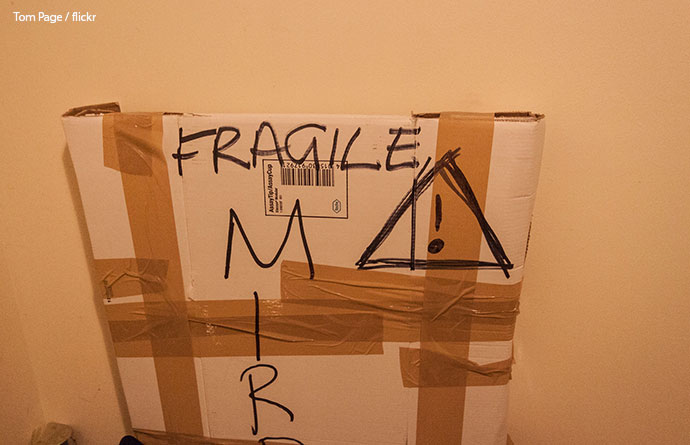
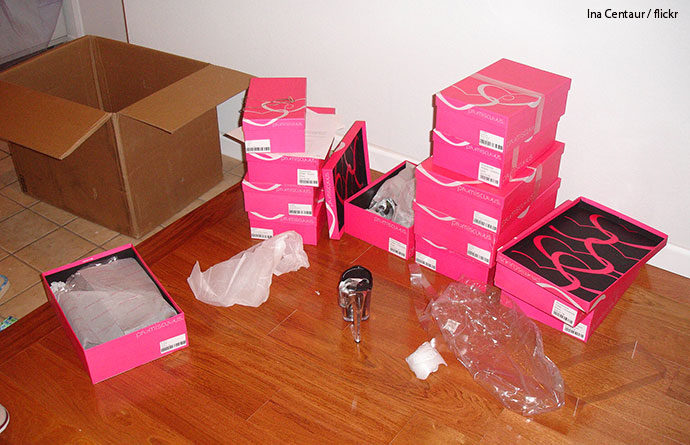
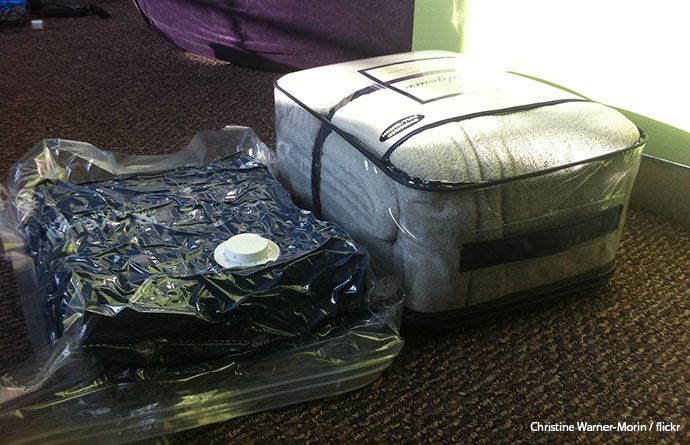
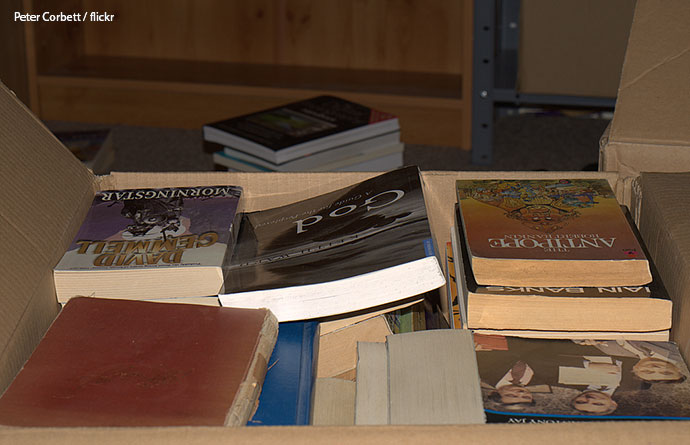
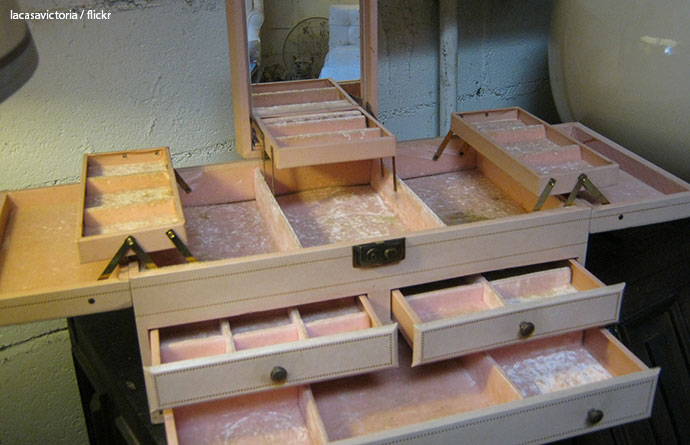
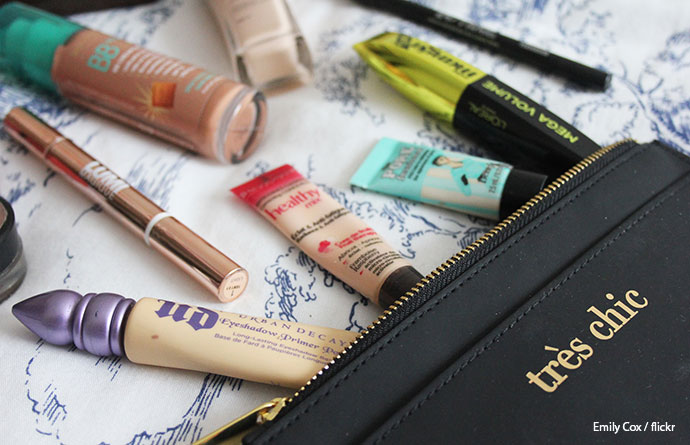



Share your thoughts by leaving a comment